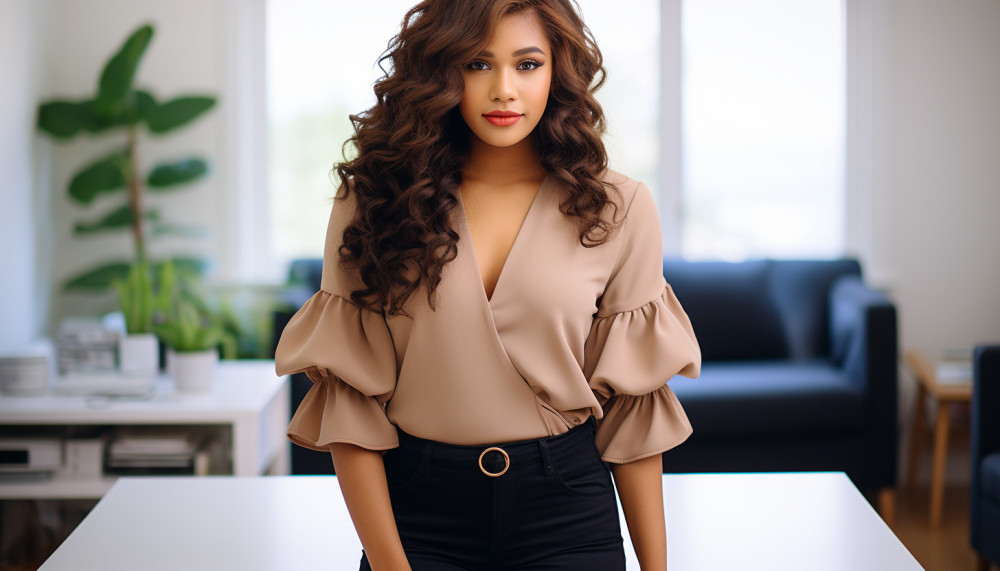Table of contents
Diving into the mystic world of cinema, one cannot help but marvel at the intricate nuances that contribute to framing a compelling character. Among such elements is style – an aspect that speaks volumes about a character even before they utter their first line. The sartorial choices and visual aesthetic of movie characters often become iconic, leaving an indelible mark on popular culture. These portrayals offer unique insights into personalities, eras, lifestyles and sometimes even symbolic messages hidden in plain sight. This article aims to delve deeper into understanding the art of decoding style from some legendary movie characters.
Defining Style in Cinematic Universe
Understanding style in the context of cinema is paramount to grasping a film's essence. In essence, it gives life to the reels, shaping and defining the characters while also offering a glimpse into their identities. One of the chief aspects of style in cinema is tied to character development. It's not just about the scripted lines or actions; style also speaks volumes about a character's growth, their journey, and their story arc.
The aspect of visual storytelling is an integral part of cinematic style. The use of visual elements to narrate a story often proves to be a powerful tool in filmmaking. It uses a language of its own, making use of color palettes, angles, and frames to convey emotions, set the mood, or depict a particular time or place.
Exploring the concept of cinematic aesthetics takes us a step further into the realm of style. From the setting of a scene, the lighting, to the color grading, every little detail contributes to the overall aesthetics and style of the film. This is where technical terms like mise-en-scene come into play, describing the arrangement of everything that appears in the frame and how it serves the narrative.
One cannot talk about style in cinema without discussing the vital role of costume design. A character's attire often becomes symbolic of their personality, status, or growth in the narrative. It's not merely about dressing the characters, but about making a statement. And symbolism in cinema further underlines the importance of style. It extends to various elements in a film, from props to settings, and even colors, serving a purpose beyond the obvious. Concepts like semiotics or diegesis come into play here, accentuating the use of symbols and their implications in storytelling.
Analyzing Iconic Movie Character Styles
The realm of cinema has an abundance of characters known for their iconic film outfits, which have played a significant role in shaping their identities and narratives. The art of costume design and styling interpretation forms an integral part of a character's development and progression in the storyline. It is not just about visual appeal; it's a movie wardrobe analysis that goes deeper into understanding the character's psyche, their environment, and societal status.
Through the lens of cinema sartorial choices, one can delve into the intricate aspects of styling, which have contributed greatly to the visual representation of characters. The essence lies not in the brands used, but in the way these outfits unveil layers of the character's persona, subtly adding depth to their roles. Cinematic costumes often help in archetype characterization, serving as a visual tool for profiling characters and making them relatable to the audience, thereby leaving a lasting impression.
Moreover, it's worth mentioning the significance of iconography in the realm of movie costume design. Icons in film styling are not mere fashion statements; they often carry symbolic references, adding more depth to the narrative. Thus, a rigorous movie wardrobe analysis transcends beyond the obvious, revealing the hidden nuances of a character’s journey. To conclude, it is the intricate dance of styling interpretation and sartorial choices that truly brings a character to life on the cinema screen.
The Impact of Character Wardrobe on Audience Perception
In the realm of cinema, the wardrobe of a character holds an immense influence on the perception of the audience. This influence extends beyond the superficial, delving into the psychological impact it exerts on the audience. Character outfits are not random; they're carefully chosen to convey certain aspects of their persona, offering the audience subtle hints about their character traits, their social status or their emotional state. This is where the concept of "style influence" comes into play. The outfits help to create a "priming effect", prepping the audience’s mind to receive specific information about a character.
On a deeper level, the wardrobe can also evoke a condition known as "cognitive dissonance" in the audience - a state of mental discomfort experienced when someone holds two or more contradictory beliefs, ideas, or values. For instance, when a seemingly villainous character is dressed in bright, cheerful colours, it can cause a sense of cognitive dissonance in the audience. The contrast between the character's actions and their appearance can be purposefully used to add depth and complexity to the character.
"Subconscious messaging" is another powerful tool employed in the choice of a character's wardrobe. The outfits can carry symbolic meanings that work on the audience's subconscious mind, invoking certain emotions and associations. These symbols can sometimes be culturally specific or universally recognised. A detailed study of "fashion psychology" can offer a wealth of insights into these complex processes. To unravel these intricacies, a psychologist specialising in media effects could provide a profound understanding of how the wardrobe choices in movies affect audience perception.
Similar articles








